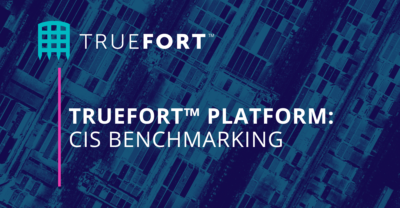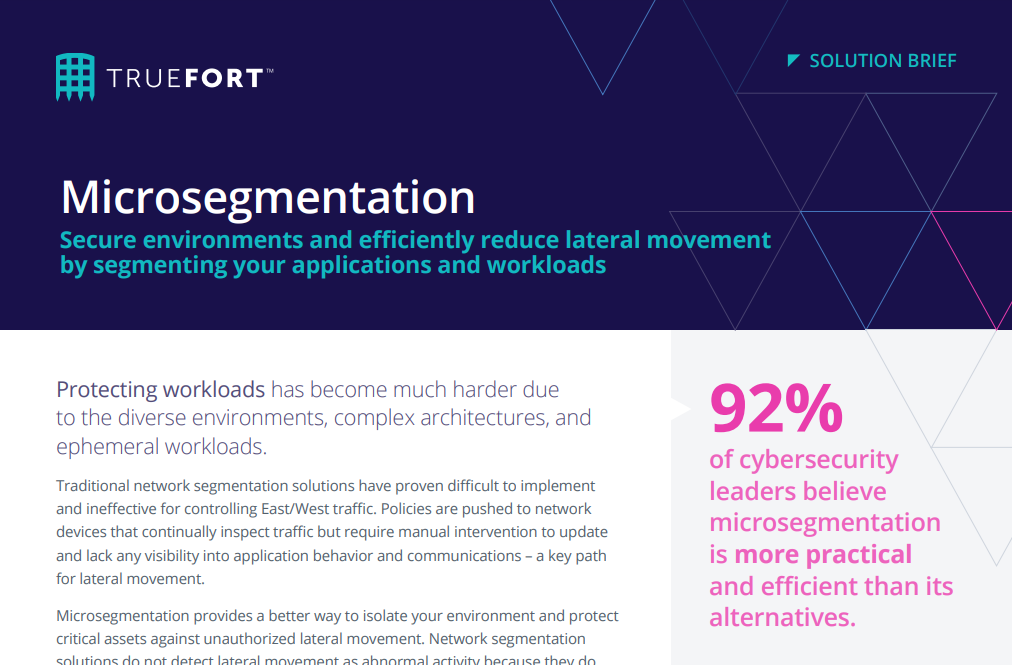TRUEFORT SOLUTION
CIS benchmarking for Workload Hardening
Most security teams are burdened with open-source tools or periodic vulnerability scans to implement and maintain best practices for system hardening. TrueFort‘s adaptive trust profiling enables security teams to shift to continuously validated configuration against CIS Benchmark standards, so risks don’t creep back into the environment.
CIS Benchmarking is foundational for workload hardening but more difficult in hybrid environments
- Drift from initial configurations – server workload configurations are often confirmed at creation and change without notice.
- Periodic risk introduction – system vulnerabilities and misconfigurations frequently introduce new risks and vulnerabilities over time.
- Unknown risk posture – Effective risk management requires constant visibility into vulnerable software, infrastructure, and abnormal behavior.
- Unable to prove compliance – Audits require immediate evidence and planning around security gaps based on policy, state, and behavior.

A continuous verification of system state must span old and new
Compliance and Industry Mandates
Applications, systems, and infrastructure continuously monitored and managed for user-defined policies and industry mandates (CIS, NIST, PCI, NYDFS, etc.)
Automated Proactive Tuning
Continually analyzing systems, automatically assessing the risk posture, notifying teams of any changes as they occur
Continuous Verification
Extensive native rule packs and policies enable security teams to verify an application’s hardening status is maintained and brought back into compliance if it deviates

Assure Conformance Against Evolving Threats
Continuously safeguards operating systems, applications, and workloads against the latest threats to meet compliance and reduce attack surface
FAQ
A CIS Benchmark is a set of best practice guidelines for securing systems and software developed by the Center for Internet Security (CIS), a 501 nonprofit organization. These guidelines offer specific configurations to help protect against cyber threats. Recognized worldwide, CIS Benchmarks are developed through a collaborative, consensus-based process involving IT experts and professionals and are used by organizations of all sizes to evaluate and improve their cybersecurity posture. Whether organizations use Windows, Linux, cloud systems, or mobile devices, a relevant CIS Benchmark will likely help them to enhance their security.
CIS benchmarks are developed by security experts from a wide variety of organizations and governments. The benchmarks reflect their deep experience in countering cyber threats. The standards are designed so that any organization from small to large can effectively implement reliable security while maintaining normal operations.
Security teams can implement each recommendation or use them to assess existing policies and fill in gaps where needed. With controls addressing software and hardware inventory and configuration, administrative privileges, log monitoring, email and web browser protections, and malware defenses, among others, organizations who are compliant with CIS benchmarks will know they’ve implemented world class security.











